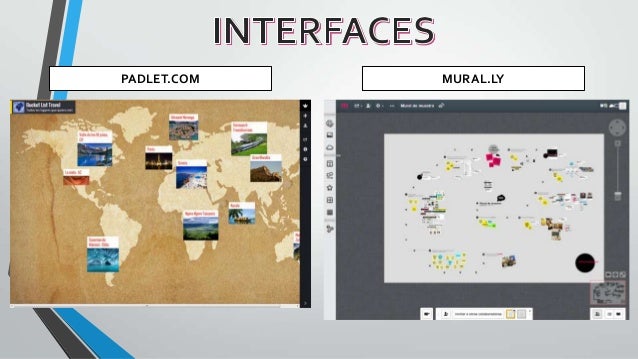
#Jamboard vs padlet password#
Additionally, the board can be archived for future reference with no physical storage concerns.Īlso noteworthy is the security factor: whereas the contents of a physical board may be potentially seen unwanted parties or defaced, Padlet offers several layers of security including requiring invitation to participate, password protection, and content filters.Īs an example of the content filters in use, note the compared student and teacher views of this Padlet below with the content filter on. Padlet boards can be easily published beyond the active student group to include parents, and other interested parties. Modification – Using Padlet, teachers are able to modify lessons in several important ways: Lessons may evolve from strictly visual to include-or even emphasize-audible and animated elements as well. Likewise, multimodal collaboration between classrooms on opposite sides of the planet becomes simple! Teachers whose goal is for students to gain intercultural familiarity may do so simply by creating Padlet boards arranged by theme (food, landmarks, entertainment, climate, etc.) and transmitting the board’s URL to the other class. Tasks that require posting notes (or images) on a classroom wall can now be accomplished from any location and also receive much faster teacher- or peer feedback on the order of a microblog, which some studies have utilized in this functional capacity. And of course posts can be made and commented upon remotely via phone as well! Other results have concluded that, while Padlet’s inclusion into the curriculum as a micro-blog resulted in essentially neutral gains (students’ writing scores neither increased not decreased), it was nonetheless judged to be an overall positive component as it did increase reported student interest as well as augment their digital skills.Īugmentation – Even at its most basic level, Padlet is arguably an improvement over non-technological approaches in that the singular location of a message board is now rendered viewable from any internet-capable device, such as the smartphone at left. This means that a teacher may set up a prompt or discussion topic, and allow students to then drive the discussion the teacher may choose to maintain an active presence on the Padlet or may “step back” and allow disourse to proceed more or less freely among the students, an approach which some studies have shown to be effective in facilitating writing production among more advanced L2 learners in a blog-based setting.


Padlet is an online message board application that allows a creator to initiate and moderate posts by those invited to participate in the “Padlet.” Like all such discussion boards, whether physical or digital, Padlet’s primary function is as a repository for asynshronous communication.


 0 kommentar(er)
0 kommentar(er)
